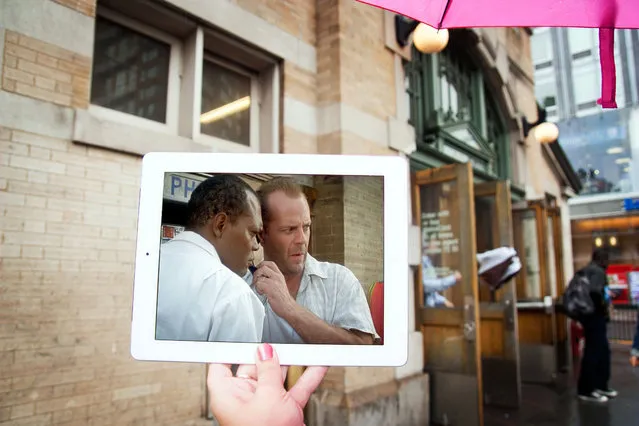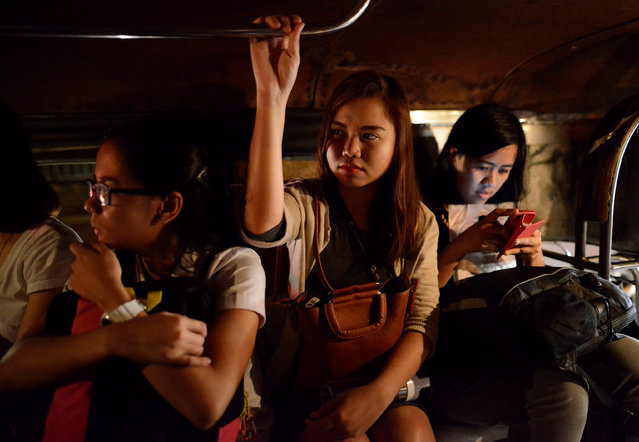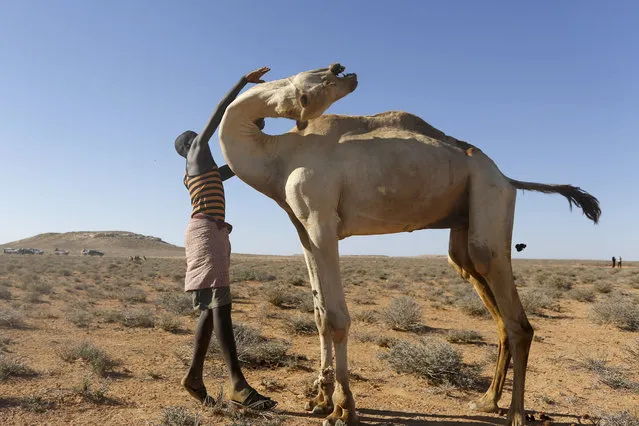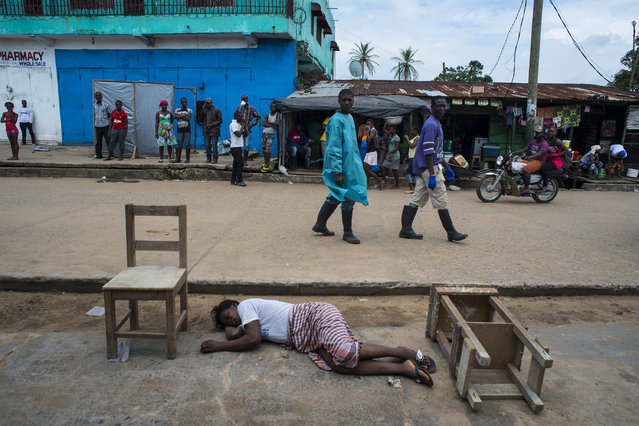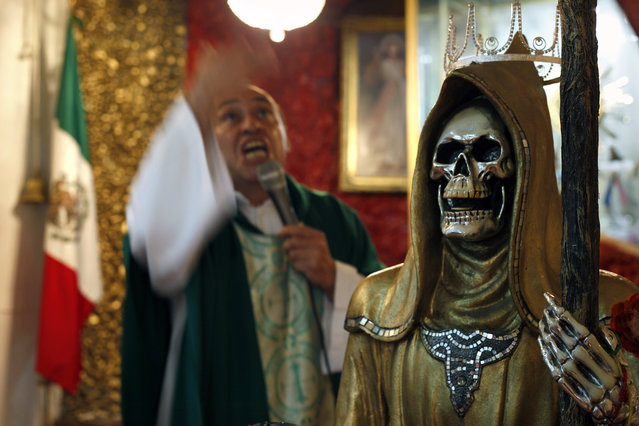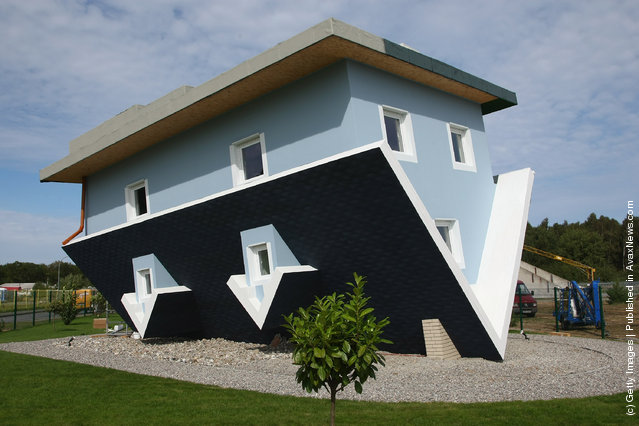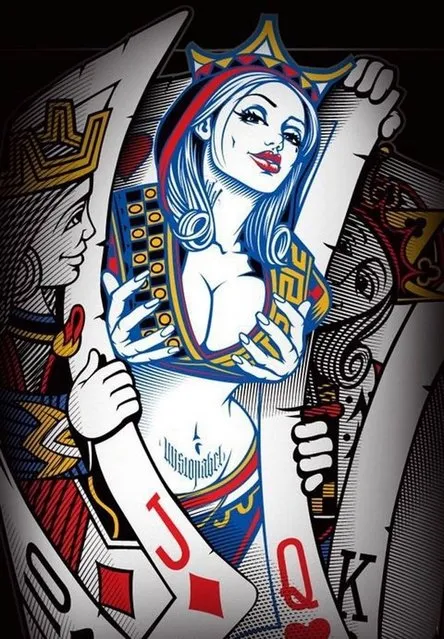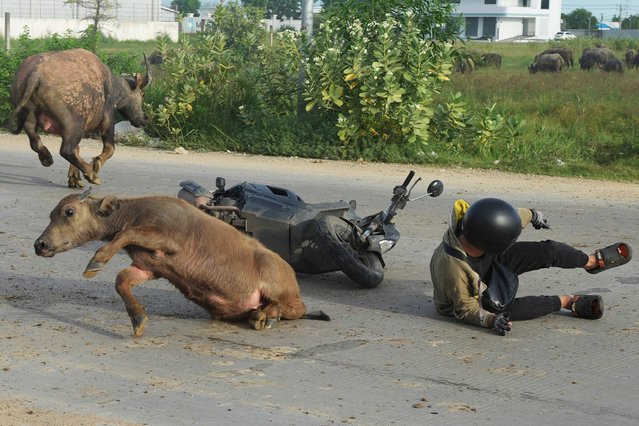
A man falls from his motorcycle after hitting a water buffalo on his way to work outside Phnom Penh, Cambodia, Friday, September 6, 2024. Cambodian animal owners have been warned to keep their animals, which often cause traffic accidents, leashed and could face prison time if relatives of those who die or are injured in such accidents initiate legal proceedings. (Photo by Heng Sinith/AP Photo)
08 Sep 2024 04:34:00,post received
0 comments

